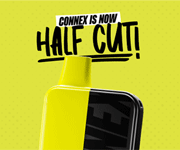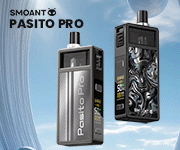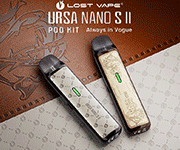oldhippydude
Veteran
- Joined
- Apr 6, 2014
- Messages
- 6,016
I am very slowly moving towards building my first box.
It will be dual parallel. I want to use a bit of rigid brass plate to connect the positive end of the batteries to the 510 connector. I plan to use thinner springier brass at the negitive end of the batteries that hopefully provide the preasure to push the batteries against the pos brass plate.
With flat top batteries I will not get a good connection if any on the brass.
Solution one would be buy button tops, generally my other mechs prefer flat tops so perhaps I would prefer to stick with them.
My other thoughts are either use something like brass bolts or screws through holes in the brass to make the battery connections. A couple of large blobs of solder directly on the brass is another possible solution.
The 510 connector will make a very good physical contact through a hole in the brass and be held tight with a locking nut.
So here is the crux of the matter I have not soldered since a brief introduction at school.
If I am making physical connections between brass plate and brass components is it still a good idea to use solder or are physically tight connection just as good.
Is a 40w solder iron able to handle soldering a small bolt to a brass plate and any tips on how to do it.
It will be dual parallel. I want to use a bit of rigid brass plate to connect the positive end of the batteries to the 510 connector. I plan to use thinner springier brass at the negitive end of the batteries that hopefully provide the preasure to push the batteries against the pos brass plate.
With flat top batteries I will not get a good connection if any on the brass.
Solution one would be buy button tops, generally my other mechs prefer flat tops so perhaps I would prefer to stick with them.
My other thoughts are either use something like brass bolts or screws through holes in the brass to make the battery connections. A couple of large blobs of solder directly on the brass is another possible solution.
The 510 connector will make a very good physical contact through a hole in the brass and be held tight with a locking nut.
So here is the crux of the matter I have not soldered since a brief introduction at school.
If I am making physical connections between brass plate and brass components is it still a good idea to use solder or are physically tight connection just as good.
Is a 40w solder iron able to handle soldering a small bolt to a brass plate and any tips on how to do it.











